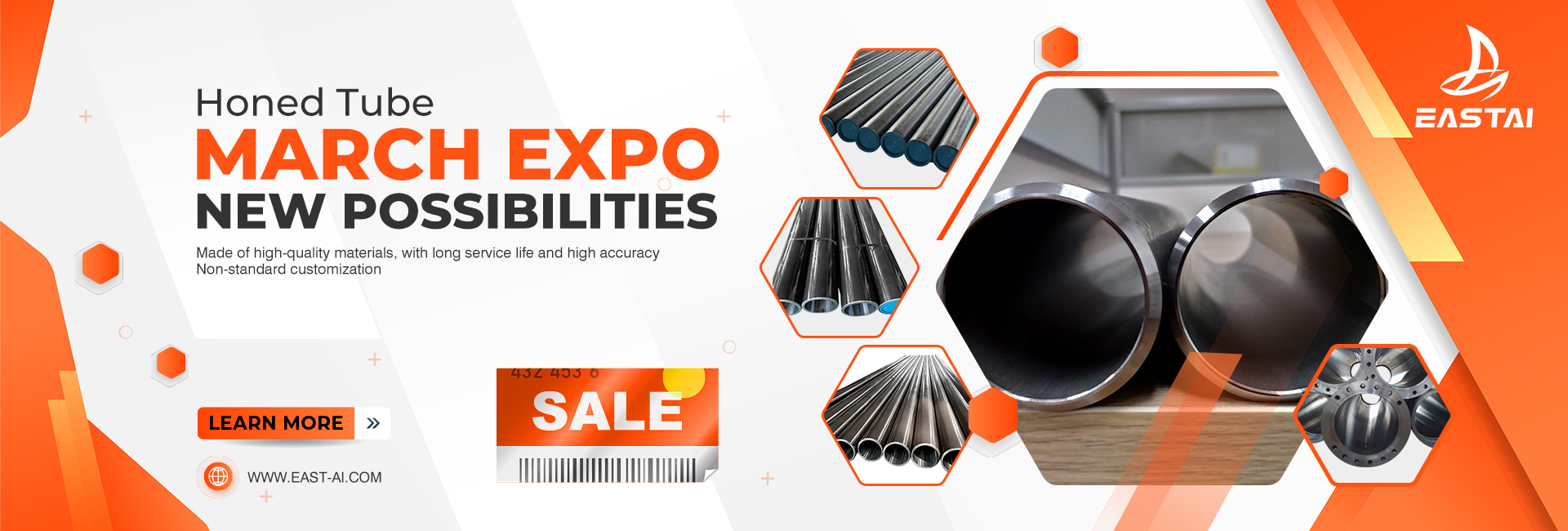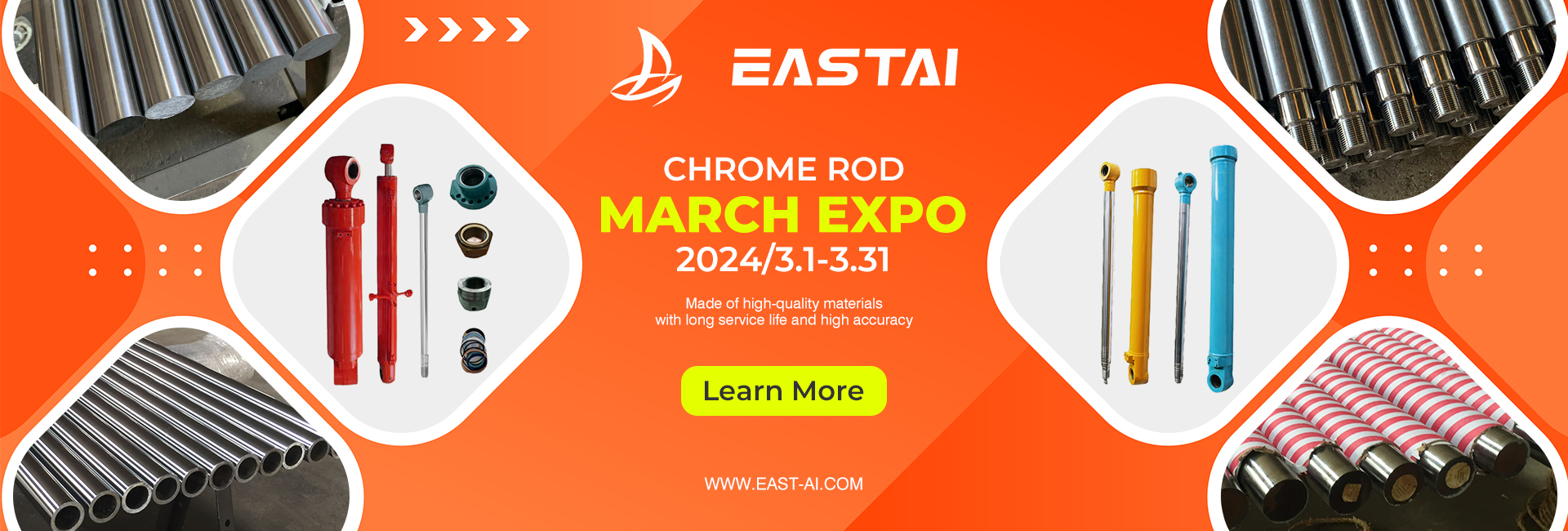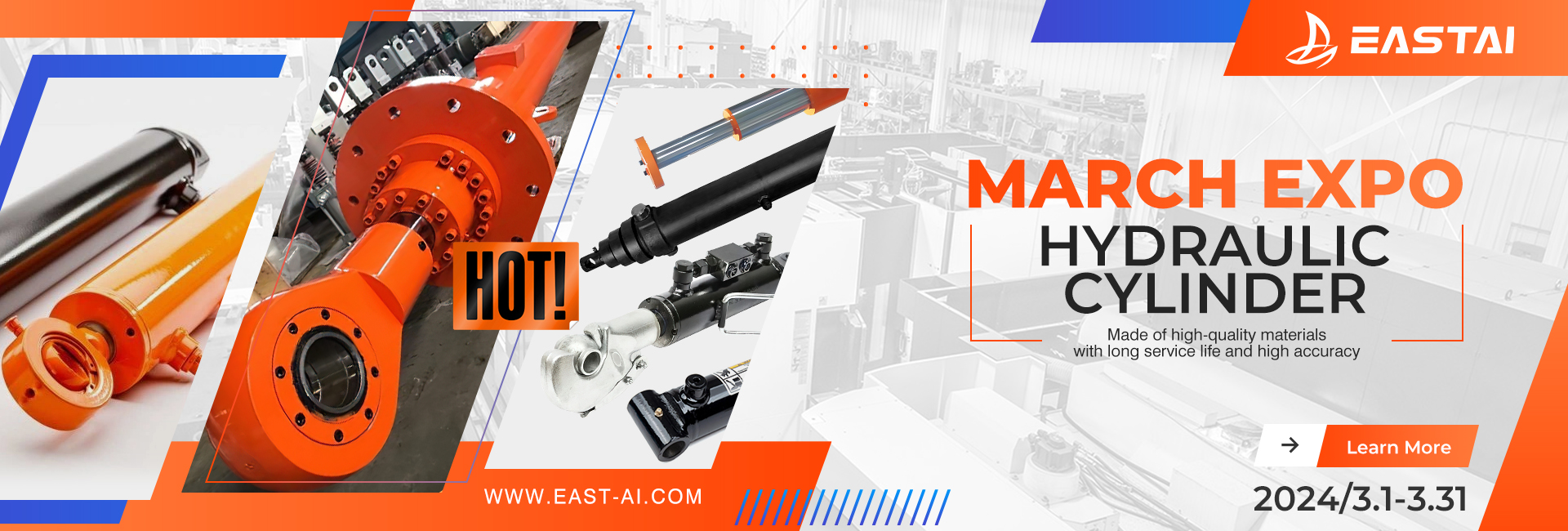Versatile and Sustainable Solutions
Aluminum pipes have become indispensable in various industries due to their exceptional properties and wide-ranging applications. In this article, we’ll delve into the world of aluminum pipes, exploring their types, advantages, applications, manufacturing process, installation, and much more. So, whether you’re a professional in the construction industry or simply curious about this versatile material, read on to discover the remarkable attributes of aluminum pipes.
Types of Aluminum Pipes
Aluminum pipes come in various forms to suit different needs. The most common types include:
1. Seamless Aluminum Pipes
Seamless pipes have no welded seams, making them ideal for high-pressure applications where leakage is not an option.
2. Welded Aluminum Pipes
Welded pipes are constructed by joining sections together through welding. They are cost-effective and suitable for various applications.
3. Extruded Aluminum Pipes
Extruded pipes are created by forcing aluminum through a die, resulting in a uniform cross-section. They are known for their precision and strength.
Advantages of Aluminum Pipes
Aluminum pipes offer several advantages that make them a preferred choice in many industries:
1. Lightweight and Durable
Aluminum’s low density makes pipes easy to handle, transport, and install, while still maintaining excellent strength and durability.
2. Corrosion Resistance
Aluminum naturally forms a protective oxide layer, making it highly resistant to corrosion, especially in harsh environments.
3. High Strength-to-Weight Ratio
Despite being lightweight, aluminum pipes possess remarkable strength, making them suitable for structural applications.
4. Excellent Heat Conductivity
Aluminum’s exceptional thermal conductivity makes it ideal for applications requiring heat transfer.
Applications of Aluminum Pipes
Aluminum pipes find extensive use in various industries:
1. Construction Industry
Aluminum pipes are widely employed in building frameworks, scaffolding, and interior design due to their lightweight and corrosion resistance.
2. Aerospace Industry
The aerospace sector relies on aluminum pipes for aircraft components, thanks to their strength-to-weight ratio and resistance to temperature variations.
3. Automotive Industry
Aluminum pipes are used in car exhaust systems and air intake systems, contributing to fuel efficiency and emissions reduction.
4. HVAC Systems
Aluminum pipes play a crucial role in heating, ventilation, and air conditioning systems, thanks to their heat conductivity and durability.
Aluminum vs. Other Pipe Materials
Let’s compare aluminum pipes to some other commonly used materials:
1. Aluminum vs. Steel Pipes
While steel pipes are strong, they are heavier than aluminum pipes, making aluminum the preferred choice for applications where weight is a concern.
2. Aluminum vs. Copper Pipes
Copper pipes are highly conductive but can be more expensive than aluminum. Aluminum’s lightweight nature makes it a cost-effective alternative.
3. Aluminum vs. PVC Pipes
PVC pipes are lightweight but lack the durability and heat conductivity of aluminum, limiting their use in certain applications.
Aluminum Pipe Manufacturing Process
The production of aluminum pipes involves several key steps:
1. Billet Preparation
The process starts with the preparation of aluminum billets, which are heated and extruded to form the initial pipe shape.
2. Extrusion
The billets are forced through a die to create the desired pipe profile, ensuring consistency and precision.
3. Heat Treatment
The pipes undergo heat treatment to enhance their mechanical properties, such as hardness and strength.
4. Surface Finishing
Aluminum pipes may receive surface treatments like anodizing or coating to improve corrosion resistance and aesthetics.
Aluminum Pipe Sizes and Dimensions
Aluminum pipes come in various sizes and dimensions to accommodate different applications. Standard sizes are readily available, and customizations are possible to meet specific project requirements.
Aluminum Pipe Fittings and Connectors
The choice of fittings and connectors is crucial when working with aluminum pipes. Using compatible components ensures leak-free connections and system integrity.
Aluminum Pipe Installation
Proper installation is essential to maximize the performance of aluminum pipes. Follow manufacturer guidelines and consider factors such as expansion and contraction.
Maintenance and Care of Aluminum Pipes
Aluminum pipes are low-maintenance but benefit from periodic inspections and cleaning. Avoid abrasive materials that could damage the protective oxide layer.
Sustainability of Aluminum Pipes
Aluminum is a sustainable material that is 100% recyclable. Choosing aluminum pipes contributes to environmentally responsible practices.
Cost Considerations
While aluminum pipes may have a higher upfront cost than some alternatives, their durability and low maintenance make them cost-effective in the long run.
Safety Considerations
When working with aluminum pipes, observe safety precautions. Wear appropriate protective gear and follow industry safety standards.
Future Trends in Aluminum Pipe Technology
The aluminum pipe industry continues to evolve, with ongoing innovations in materials, coatings, and manufacturing techniques. Stay updated with the latest advancements to optimize your projects.
Conclusion
Aluminum pipes have revolutionized various industries, offering lightweight, durable, and corrosion-resistant solutions. Their versatility makes them indispensable in construction, aerospace, automotive, and HVAC applications. As technology advances, we can expect even more exciting developments in the world of aluminum pipes.
Post time: Sep-07-2023




